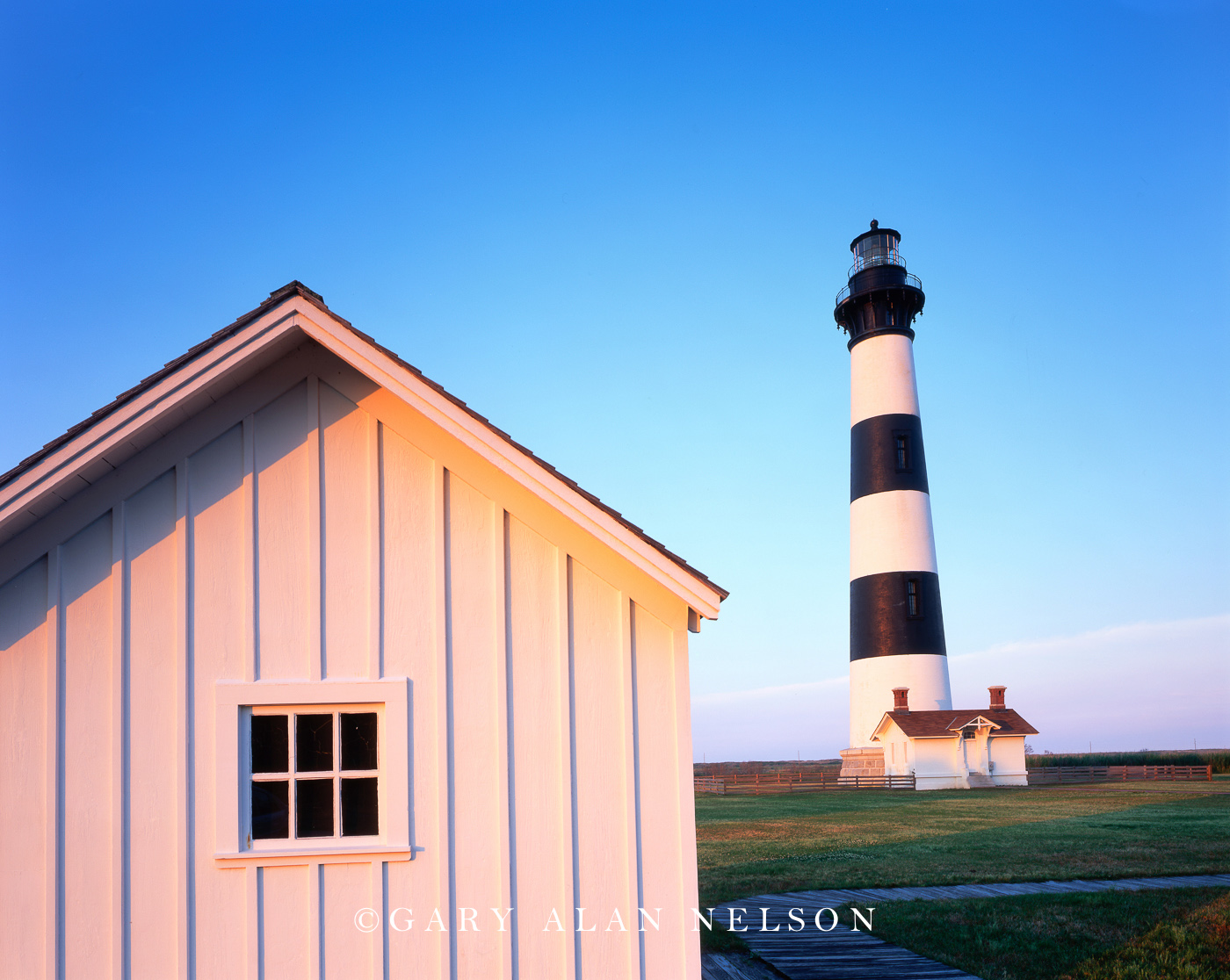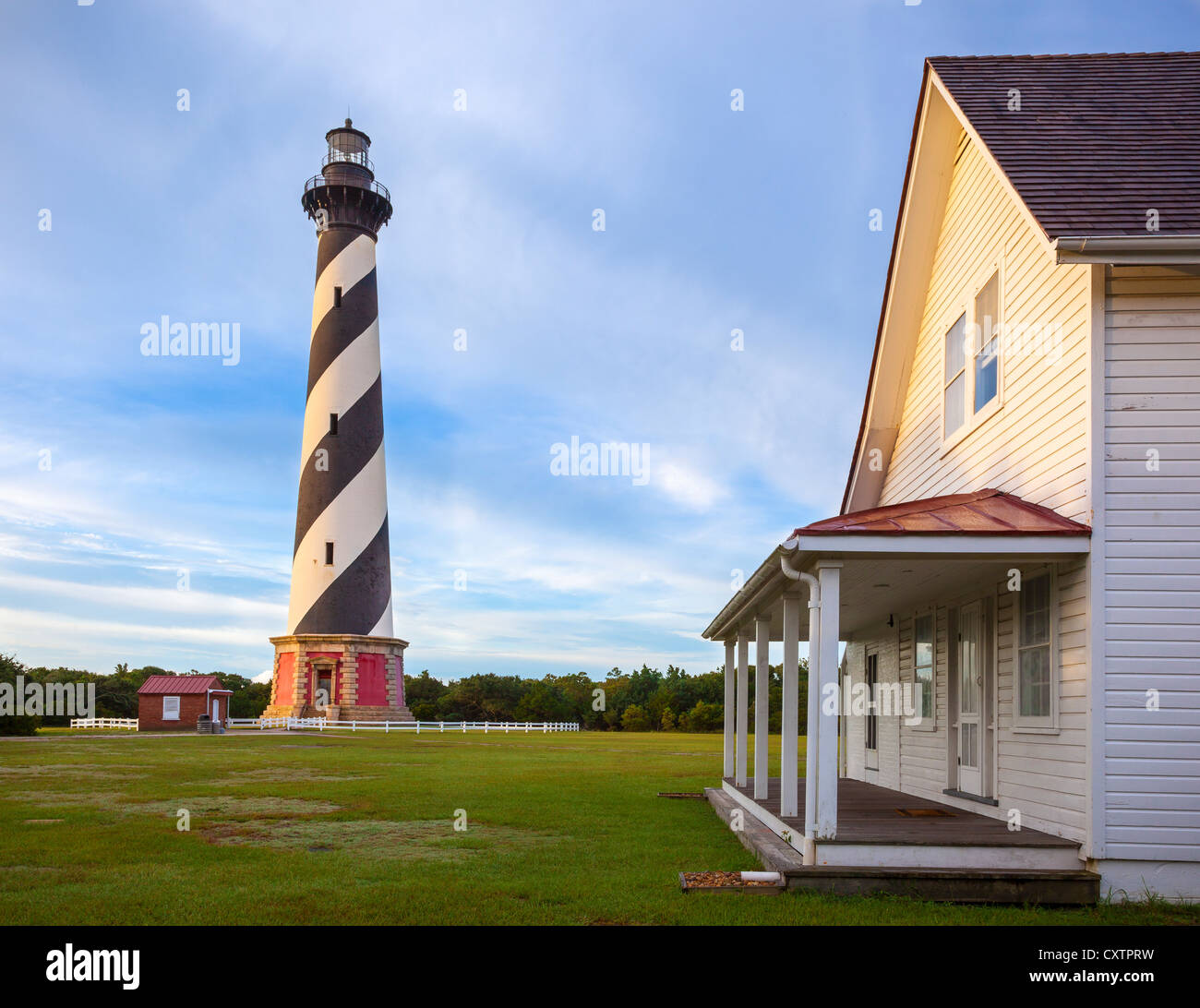
Other than the small construction zone and minor traffic delays due to the transport of vessel pieces, there is not expected to be impacts to recreational beach access. Restore the natural shape and slope to match surrounding beachĭuring the project, areas around the vessel will be marked as a construction zone and all unauthorized persons should stay clear. Remove all sand and water from compartments under deck surfaceĬut vessel into smaller, manageable pieces and transport these pieces onto a tractor trailer for removal to appropriate disposal or recycling site Remove existing sand that has accumulated around the vessel will perform the following tasks to remove the vessel: “This process has taken longer than expected, so Cape Hatteras National Seashore determined it was necessary to use a combination of fund sources to remove the vessel before it potentially becomes more expensive to remove later and to minimize impacts to the natural environment."Ĭape Dredging, Inc. “The National Park Service is continuing our attempts to recover costs associated with the removal of the derelict vessel from its registered owner,” said David Hallac, superintendent, National Parks of Eastern North Carolina. It became abandoned after the National Park Service made unsuccessful attempts to have the owner claim and remove the vessel. The former scallop boat, previously named the Ocean Pursuit and Cameron Scott, ran aground in its present location in early March 2020. Removal of the vessel is expected to take approximately 30 days. from Buxton, North Carolina will begin a $295,000 project to remove an abandoned vessel from the beach south of Cape Hatteras National Seashore’s Oregon Inlet Campground.
#ALTITUDE OF CAPE HATTERAS NATIONAL SEASHORE NORTH CAROLINA UPDATE#
An update on that report, set to be released later this month, is expected to emphasize those projections and also show how the climate crisis is already impacting coastal communities.MANTEO, N.C. The UN Intergovernmental Panel on Climate Change has concluded that risks associated with climate change-induced sea level rise will increase significantly along all low-lying coastal communities unless meaningful and major adaptation efforts are made.

Hurricane storm surge is creeping higher, and homes and other critical infrastructure are now exposed to saltwater and erosion that they weren’t a few decades ago. Higher sea levels, caused by warmer water temperatures and melting glaciers and ice sheets, increase the hazards coastal homeowners are exposed to.


Many coastal communities in the United States experience nuisance flooding, or high-tide flooding, on a regular basis. Proof-of-permit must be displayed on your vehicle during off-road driving. Coastal erosion costs around half a billion dollars each year in the form of deteriorated structures and land that is lost to the rising ocean. Search for Cape Hatteras ORV from the home page or call 1-87 to be connected to a representative. Sea level in this part of coastal North Carolina has risen roughly 3 inches since the early 1980s, according to NASA. Ice that took roughly 2,000 years to form on Mt. Mount Qomolangma or Mount Everest is pictured on Augin Shigatse, Tibet Autonomous Region of China. By 2050, the frequency increases to 25 to 75 days. The National Oceanic and Atmospheric Administration has noted that by 2030, there will be 7 to 15 days of high-tide flooding nationally.

While authorities have not determined the precise cause of the latest collapse in Rodanthe, scientists have showed the increasing risk coastal communities face due to sea level rise, worsening erosion and high-tide flooding.Ĭoastal communities in the Northeast have seen a significant uptick in tidal flooding, including around Washington, Baltimore and Annapolis, Maryland. The five-bedroom beach cottage was built in 1980, according to real estate records, and was listed as a vacation rental home, with a market value of $328,900. “However, smaller amounts of debris have been spotted as far south as off-road vehicle ramp 23, more than seven miles away.” “The bulk of the debris is at the site of the collapsed house, located at 24183 Ocean Drive, Rodanthe,” Cape Hatteras National Seashore said on a Facebook post. The Park Service said rangers are working with county officials to clean up the debris as well as remove the remnants of the home. Today, there is 48’ of flat sand.”īecause of the home collapse and the associated debris, Park Service officials warned visitors to Cape Hatteras, which includes Rodanthe, to use caution when walking along the beach or engaging in any recreational activities along the shores between the villages of Rodanthe and Salvo. “20 years ago, there was over 300’ of beach and dunes between the cabins and high tide. “The NPS cannot sustain the Long Point Cabins where they are right now,” the Park Service wrote on Facebook at the time. Close out Vessel Photographs - May 2011 Christopher Roux (CEA-IRFM)/EUROfusionĪ giant donut-shaped machine just proved a near-limitless clean power source is possible


 0 kommentar(er)
0 kommentar(er)
